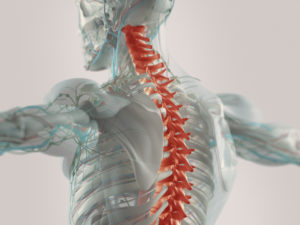Driving down a North Carolina highway or interstate it won’t be long until you run across a guardrail. Guardrails crisscross the United States, designed to save lives and reduce injuries by keeping vehicles from leaving the roadways. However, a recent investigation has revealed that a new design for guardrails has actually led to injuries and even deaths in some cases.
Back in 2008, a woman in Tennessee was killed after a guardrail cut directly through the front of her SUV. In 2010, a Florida family was injured and an 18-year-old passenger suffered severe leg wounds after a guardrail punctured the floorboard in a truck and sliced through the teen’s leg. That same year a family in New York hit a guardrail, which then punctured the wheel well and pushed up through the back seat, trapping his two-year-old son upside down in his car seat. The accident left the boy with serious head trauma and a pelvis that was broken in two places.
In response to the recent injuries, several lawsuits, including a whistleblower suit, have been filed against a major manufacturer of the nation’s guardrails, Trinity Industries. The lawsuits claim that Trinity changed the design of its guardrail heads and that the newer models have not been performing as they should.
The issue, according to some experts, is that the size of some of the posts, known as feeder chutes, has been trimmed down. Guardrails are supposed to work by shooting the railing out the side of the guardrail away from the car. Because newer feeder chutes are narrower, the railing is increasingly getting stuck and ends up shooting up through the car, seriously or even fatally injuring passengers.
Lawsuits over the matter have discovered that officials from the Federal Highway Administration say they were never informed about the changes to the guardrail until after the new rails had been installed across the country. In a letter obtained by a reporter, a Federal Highway Administration official was found sending a note to Trinity Industries that mentioned the new design, saying that “the number of highway crashes with fatal injuries” involving the new design fail to live up to the excellent history of the original design.
So far, several lawsuits against Trinity continue to make their way through the court system. The Department of Justice says it has not yet decided to join the whistleblower lawsuit, but says that it will continue to monitor the case as it progresses. The hope is that safety experts take another look at the current guardrail design to be sure that it best protects innocent motorists.
CA










Comments for this article are closed.